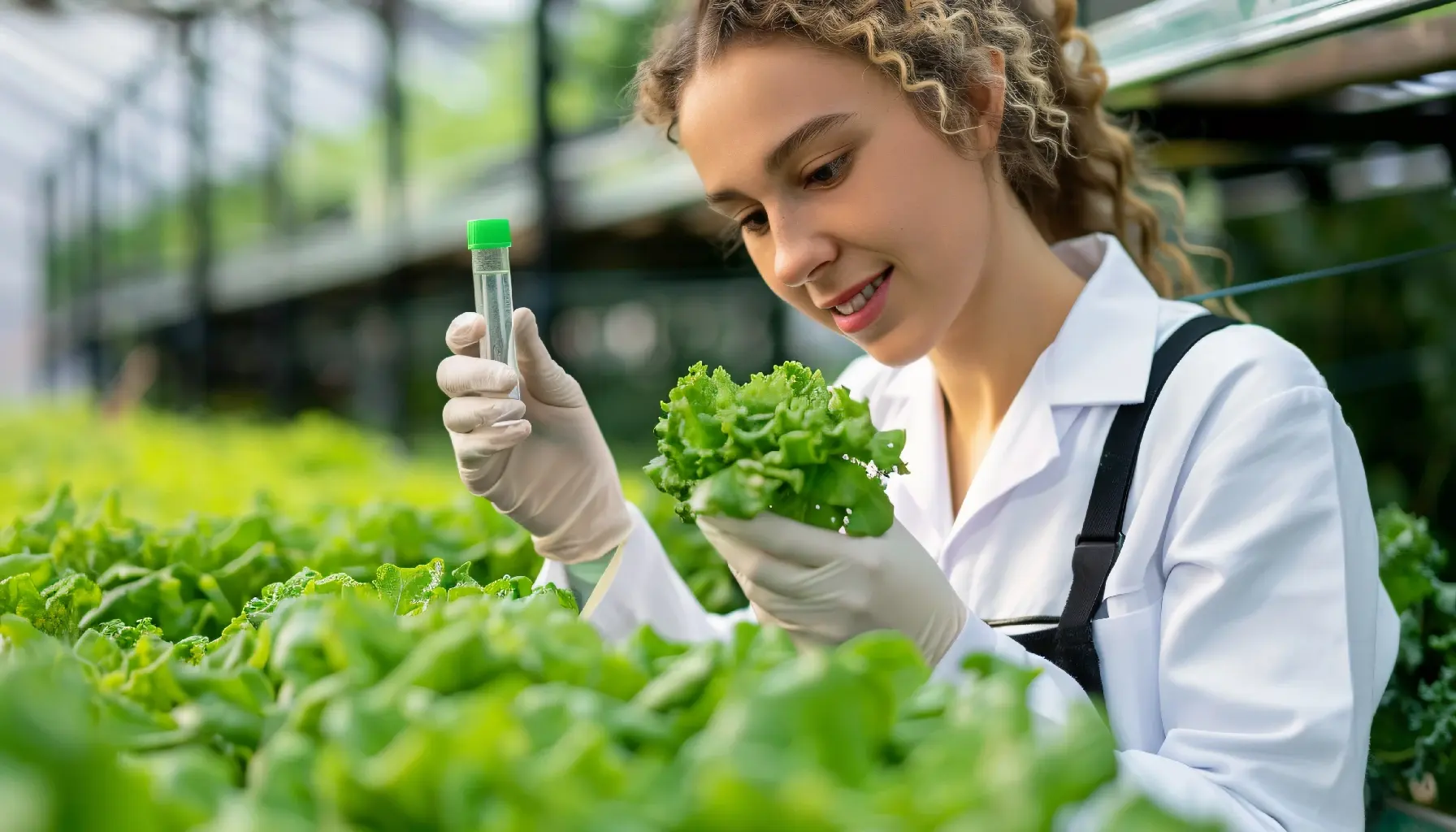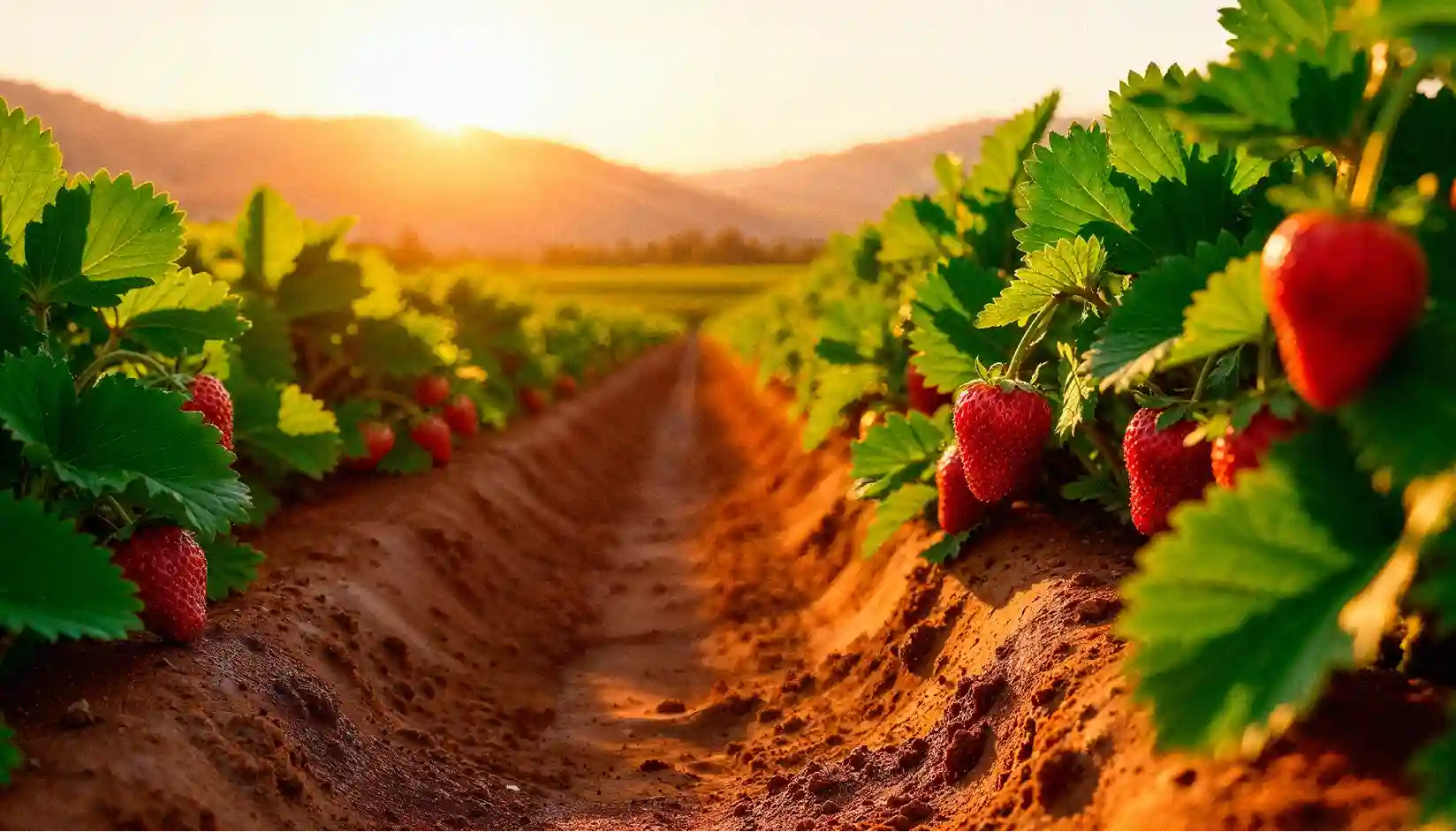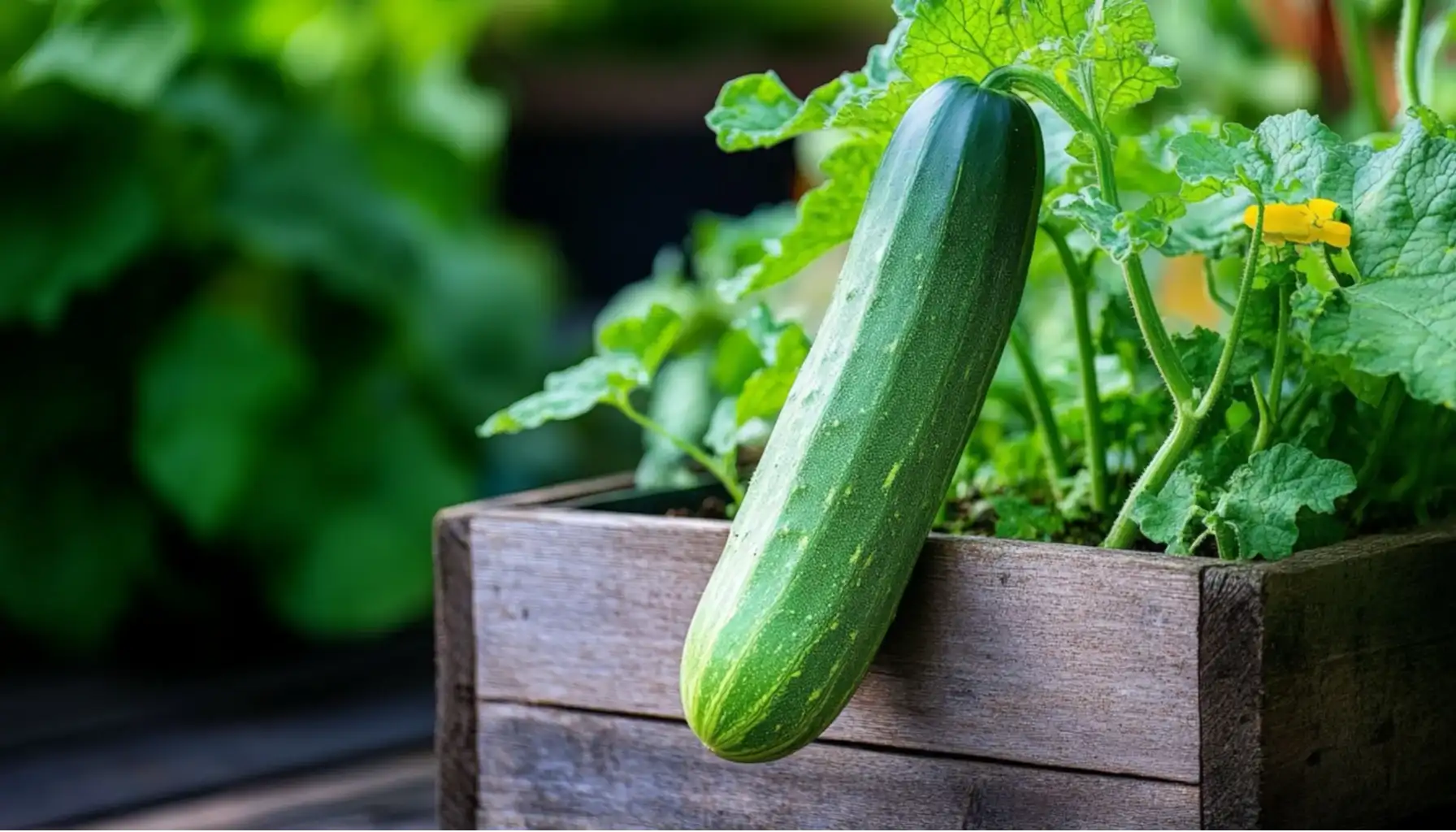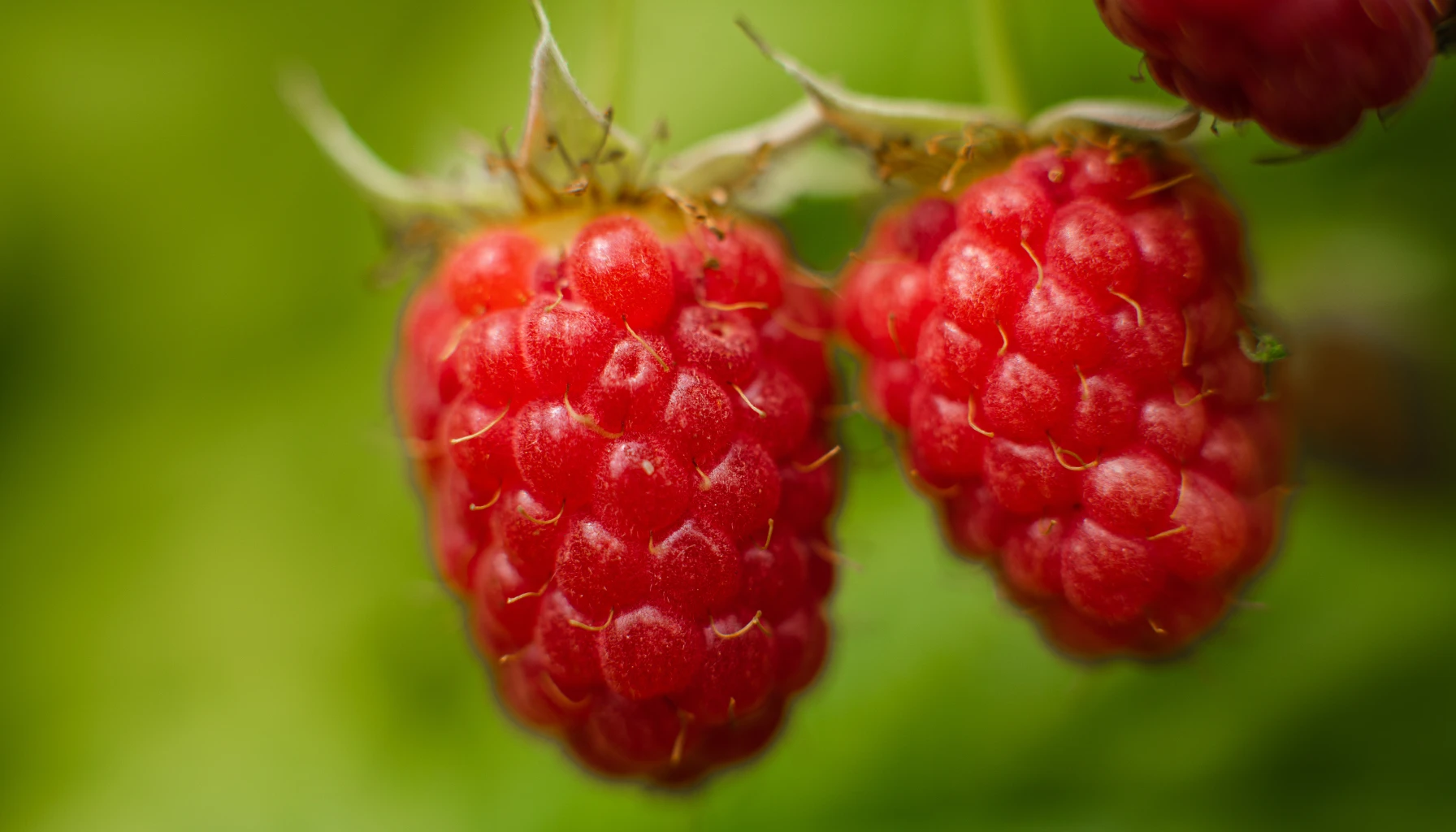Why Vertical Farming is a Game-Changer for New Zealand Growers

New Zealand’s got a proud knack for growing top-notch kai, from kumara in Northland to apples in Hawke’s Bay. But with land prices skyrocketing in Auckland and weather playing havoc in Canterbury, Kiwi growers are turning to clever fixes. Vertical farming, stacking crops in layers like a high-rise veggie patch, is making waves from urban rooftops to rural sheds. Ekosphere’s coir-based goodies, like their trusty grow bags, are right at the heart of this green shift.
Unpacking Vertical Farming
Imagine a garage in Palmerston North, stuffed with rows of lush lettuce and basil stacked to the ceiling under soft, glowing lights. That’s vertical farming, a smart way to grow crops upwards, not outwards, squeezing heaps of produce into tiny spaces. It’s not just for city slickers; rural Kiwis are jumping on board too, especially where land’s tight or water’s scarce. Using shelves, towers, or racks, growers pack plants in snug, often ditching soil for water, mist, or coir-based mediums like Ekosphere’s coir products NZ.
This approach, often called vertical agriculture farming, happens in controlled setups—think greenhouses, sheds, or even shipping containers. Hydroponics, aeroponics, or coir systems feed plants nutrients, while LEDs mimic the sun’s rays. It’s a world away from slogging it out in a Taranaki paddock, but for growers facing urban sprawl or droughts in Central Otago, it’s a lifesaver. A single square meter can churn out buckets of greens, making it a cracker for small plots or city balconies.
Why Vertical Farming Matters in NZ
New Zealand’s farming scene is under pressure, land’s dearer than a flash ute in Auckland, and water’s a worry in places like Marlborough. Vertical farming tackles these head-on, letting growers produce more with less. A Rotorua gardener can stack vertical farming systems on a deck and harvest salads year-round, while a commercial outfit in Canterbury can pump out microgreens for posh eateries without chewing up acres.
The hype around vertical agriculture farming comes from its eco cred. It slashes water use by up to 90% compared to field crops, a massive win in dry regions. It also cuts pesticides, keeping NZ’s rivers cleaner and crops safer. For a country that’s mad about kaitiakitanga, looking after the land, this fits like a glove. Ekosphere’s coir, made from coconut husks that’d otherwise be chucked, adds a green twist to these setups, making them even sweeter for Kiwi growers.
How Vertical Farming Systems Work
Ekosphere’s vertical farming solutions lean on coir to make stacking crops a doddle. Coir is light, fluffy, and holds water like nobody’s business, unlike soil that gets heavy and mucky. A grow bag filled with coir slots into a vertical rack, feeding plants through drip lines or hydroponics. The coir’s sourced from coconut husks, ground into pith, and pressed into bags that puff up when soaked—dead easy to handle.
The coir keeps roots airy and moist, dodging rot in the humid Northland. Plus, it’s reusable, give it a rinse, and it’s good for another round, saving coin for Bay of Plenty farmers. This setup’s a far cry from wrestling with clay in Waikato, and it’s why coir’s a go-to for vertical setups across the motu.
Features of Ekosphere’s Vertical Farming Solutions
Ekosphere’s coir-based vertical farming systems are built to make growing a breeze. Here’s what makes them tick:
- Space-Saving Magic: Stacks crops sky-high, cramming heaps into tiny footprints, perfect for Auckland balconies.
- Water-Smart Design: Uses coir or hydroponics to deliver nutrients with minimal water, a win for drought-prone Nelson.
- Year-Round Harvests: Controlled lights and temps mean fresh coriander in Dunedin’s frosty winters.
- Disease Dodger: Coir’s antifungal properties cut rot risks, especially in muggy Coromandel.
- Quick Setup: Lightweight grow bags slot into racks as easily as for beginners in Gisborne.
- Green Vibes: Coir’s renewable, biodegradable, and reusable, aligning with NZ’s eco ethos.
Benefits for New Zealand Growers
From backyard tinkerers to big-time farmers, vertical farming systems dish up perks that hit home across NZ’s varied landscapes:
- More Bang for Buck: Yields up to 10 times more per square meter than paddock crops, a boon for land-strapped Wellington.
- Water Saver: Sips water compared to field farming, saving buckets in dry Canterbury.
- Weather-Proof: Indoor rigs dodge Taranaki’s rain or Southland’s wind, keeping harvests steady.
- Fresher Kai: Grows close to consumers, cutting transport and keeping greens crisp for Auckland markets.
- Clean Growing: Uses less fertilizer and no sprays, keeping NZ’s waterways happy.
- Scalable Setup: Suits a Northland patio or a Waikato greenhouse, fitting all growers.
Getting Started with Vertical Farming
Kicking off a vertical farming venture in NZ is less of a faff than it sounds. Here’s a rough guide for growers:
- Find a spot—indoors in a Christchurch shed or outdoors on a Hawke’s Bay deck, with decent light or LED setups.
- Grab Ekosphere’s coir grow bags, which expand into 15–20 liters of growing mix when soaked with warm water.
- Set up racks, towers, or even old shelves, slotting in bags for crops like kale, basil, or strawberries, spaced 30 cm apart for airflow.
- Hook up a drip system or hydroponics kit, feeding plants with nutrients like Tui General Fertiliser or Yates Thrive.
- Add grow lights for winter in Invercargill, keeping plants chugging with 12–16 hours of light daily.
This setup makes vertical farming systems a no-brainer for Kiwis chasing fresh produce year-round, whether it’s a hobby or a hustle.
Best Crops for Vertical Farming in NZ
Not every crop loves the vertical life, but plenty thrive in vertical agriculture farming. Here’s what grows like a dream:
- Leafy Greens: Lettuce, spinach, and rocket shoot up fast in coir, perfect for Auckland cafes chasing fresh salads.
- Herbs: Basil, parsley, and coriander pack flavor in tight spaces, ideal for Dunedin patios.
- Strawberries: Compact types like ‘Seascape’ fruit well in grow bags, a hit in the Bay of Plenty.
- Microgreens: Pea shoots and radish greens are quick wins for Canterbury growers, ready in weeks.
- Cherry Tomatoes: Bush varieties like ‘Tiny Tim’ suit racks in Rotorua greenhouses, dripping with fruit.
These crops make vertical farming a versatile pick for NZ’s diverse growers, from urban flats to rural setups.
Challenges and How to Sort Them
Vertical farming isn’t all plain sailing. Here’s what Kiwi growers might hit and how to tackle it:
- Pricey Startup: Lights, racks, and kits can sting, but start small in Palmerston North with a single tower and scale up.
- Power Costs: LEDs chomp electricity in Wellington winters—try solar panels or energy-saving bulbs to cut bills.
- Learning Curve: Hydroponics can baffle newbies in Gisborne—grab a beginner kit with clear guides or watch YouTube vids.
- Humidity Headaches: Northland’s muggy air can spark mold, but coir’s antifungal properties keep roots safe.
- Market Hustle: Auckland’s flooded with greens—grow niche crops like purple kale or edible flowers for an edge.
Ekosphere’s coir products NZ ease some pain, with lightweight, disease-resistant grow bags that simplify setup and cut risks.
Case Studies: Kiwi Growers Nailing Vertical Farming
Across NZ, growers are making vertical farming work. Take a Whangarei retiree who turned a spare room into a lettuce factory. Using Ekosphere’s grow bags and a cheap rack, they’re harvesting rocket and spinach weekly, selling surplus at the local market. The coir keeps roots moist and clean, dodging Northland’s humidity woes. They reckon it’s like “growing money on shelves,” and the setup paid itself off in a year.
Down in Canterbury, a commercial grower’s gone big, stacking vertical farming solutions in a greenhouse for microgreens. The coir’s reusability saves them a mint, and their carbon footprint’s tiny compared to traditional farms. These stories show how vertical farming systems are clicking for Kiwis, from hobbyists to pros.
Environmental Impact of Vertical Farming
Vertical farming is a green dream for NZ’s eco-conscious crowd. It slashes water use, a godsend in drought-prone Central Otago, where every drop counts. By growing indoors, it skips pesticides, keeping Waikato’s rivers cleaner. Plus, it cuts transport—greens grown in Auckland stay local, not trucked from miles away. Ekosphere’s coir adds to the vibe, turning coconut husks that’d be landfill fodder into a growing medium that’s biodegradable and reusable.
But it’s not all rosy. The energy for LEDs can rack up carbon if powered by coal, though NZ’s renewable grid helps. Growers in Nelson can pair solar panels with vertical farming solutions to keep it green. Compared to ripping up wetlands for peat or clearing land for paddocks, vertical agriculture farming with coir is a lighter touch, fitting NZ’s love for sustainable living.
Economic Potential in NZ
Vertical farming isn’t just about greens—it’s about greenbacks too. With land costs soaring in Auckland, stacking crops makes sense. A small setup in a Hamilton flat can yield enough herbs to sell at farmers’ markets, while big players in Canterbury can supply supermarkets with year-round kale. The global vertical farming market’s tipped to hit billions, and NZ’s got a slice of that pie, with outfits like Agritech leading the charge.
Tips for Nailing Vertical Farming in NZ
To make vertical farming hum, try these Kiwi-tailored tips:
- Soak grow bags with warm water to fluff them fast—saves mucking about on busy Taranaki mornings.
- Stash dry bags in a sealed tub in a cool Rotorua shed to keep them tip-top for planting.
- Feed plants with Tui Organic Seaweed Tonic every 2–3 weeks for lush growth and cracking crops.
- Check drip lines to avoid soggy roots in wet West Coast winters—no plant likes a swamp.
- Shift racks to a garage in frosty Southland to protect crops, watering just enough to keep them chugging.
These pointers keep vertical farming solutions ticking over, season after season.
The Future of Vertical Farming in NZ
As New Zealand wrestles with urban growth, climate shifts, and food security, vertical farming is poised to shine. It turns rooftops, sheds, and garages into food hubs, feeding Kiwis fresh kai without trashing the land. From tiny flats in Hamilton to big greenhouses in Hawke’s Bay, vertical farming systems make sustainable growing a breeze. Ekosphere’s coir bags, turning coconut scraps into a growing marvel, are at the heart of this shift. Choosing vertical farming isn’t just about fresh tucker, it’s about growing with heart for the motu, keeping NZ’s green legacy alive.



